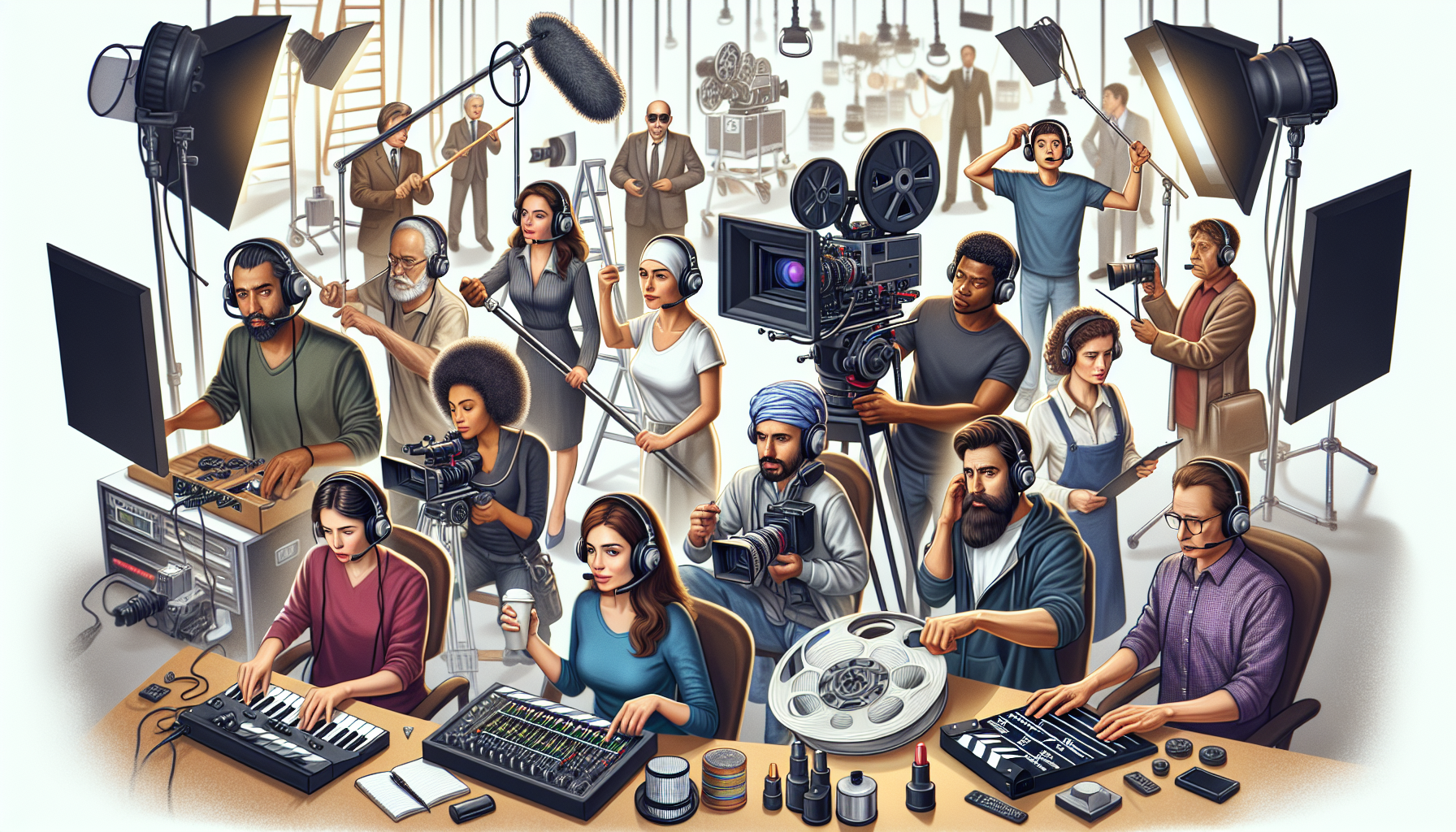Demystifying the Movie-Making Universe: Understanding the Key Roles of a Movie Crew
For a layperson, watching a film might be an evening’s entertainment, an escape into a different world. However, behind the scenes, it’s like an intricate, profoundly industrialized machine that requires the collective effort of many professionals to function efficiently. Each member of a movie crew has specific responsibilities, contributing to the overall creation of a motion picture. This article aims to shine a light on the key roles in movie production and help you understand the core dynamics behind these exciting ventures.
Probably the most acknowledged role in a film crew is that of the director. Regarded as the creative mastermind, the director interprets the script and carries the onerous task of bringing the written word to life. They manage the actors and supervise the filming process to ensure that the output aligns with their vision. The director is essentially the captain of the ship, steering the narrative and controlling the aesthetics of a film.
The producer works side by side with the director, albeit in a more managerial role. The producer is involved from the inception to the end of a project. His or her role constitutes collecting funds, hiring key personnel, coordinating the production stages, and overseeing the marketing and distribution of the film. A film producer dons multiple hats, making critical decisions to keep the project on track.
The cinematographer, or director of photography (DoP), is another critical team member. This individual works closely with the director to translate the script visually onto the screen. Decisions about lighting, camera angles, lenses, and color schemes all lie on the skilled shoulders of the cinematographer. Making a script visually appealing and engaging is an art that requires an exquisite sense of aesthetics, something that a good cinematographer possesses.
Art directors are the backbone of a film’s visual presentation. They work closely with the director and cinematographer to create the sets and locations that fit the mood and substance of the film. The art department constructs a visual narrative from the director’s thoughts, equally contributing to the atmosphere, character development, and overall narrative of the film.
Sound is an integral part of a movie experience. Sound designers are responsible for creating the auditory drugs that accompany the visuals. They develop sound effects, ambiance, and sometimes even compose music for films. A film’s ability to evoke emotions is often directly related to its sound design.
Behind the faces that mesmerize you on the screen stands an important figure – the casting director. These professionals house the crucial responsibility of selecting actors based on the characters scripted. The success of a film often hinges on the casting director’s choice, who essentially bridges the script and the actors.
Editor’s job is to piece together the meticulously shot scenes and soundscapes into a coherent and impact-full narrative. The art of editing engages audiences by controlling the film’s timing and pacing and is often termed as the “invisible art”.
Lastly, the role of the production assistant (PA) is another key position on a film crew. Although it might seem like the unsung heroes of a film set, PAs are involved in nearly every aspect of production, from running errands to managing logistics, securing locations, and much more.
The roles within a movie crew are as diverse as they are critical. Like the cogs in a wheel, each member of the crew contributes to the moving machine that is film production, operating in harmony with the others to create the working entirety. A deeper understanding of these roles not only sheds light on the complexity and artistry of filmmaking but also enhances the appreciation one might have for the finished product. Filmmaking is a laborious yet rewarding process, and the silent voices behind the scenes deserve recognition and applause.

